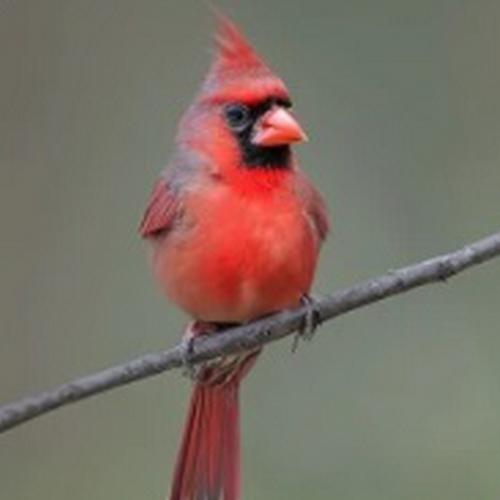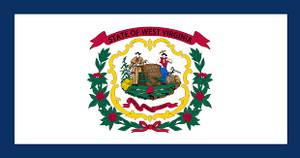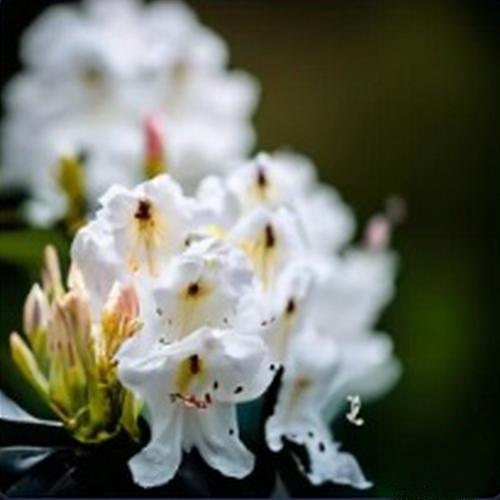Appearance and Plumage
The Northern Cardinal, West Virginia's beloved state bird, boasts stunning plumage. These birds are known for their vibrant appearance, with males sporting brilliant red feathers and a striking black mask around their eyes. In contrast, females exhibit a more subdued but equally elegant brownish-gray plumage with subtle hints of red. These striking color variations make the Northern Cardinal a favorite among birdwatchers, and spotting one in the wild is a true delight for nature enthusiasts.
Habitat and Range
The Northern Cardinal, West Virginia official state bird, can be found across much of the United States. Its habitat includes woodlands, gardens, and urban areas, making it a versatile species. These vibrant birds thrive in both rural and suburban settings, with a preference for deciduous forests. In West Virginia, you'll commonly spot them in backyards and parks. With their adaptability and striking appearance, Northern Cardinals have become a beloved sight in the state, representing its natural beauty.
Diet and Behavior
The Northern Cardinal's diet and behavior offer fascinating insights into this beautiful bird's life. With a preference for seeds and fruits, about 90% of their diet consists of plant matter. They're known to be ground feeders, often seen hopping on the ground in search of food. Their bright red plumage, while stunning, can make them more vulnerable to predators, so they often stick to dense shrubs and bushes for protection. Cardinals are also known for their melodious and distinctive songs, which play a significant role in their behavior during breeding and territorial defense.
Breeding and Nesting
When it comes to breeding and nesting, Northern Cardinals in West Virginia are quite prolific. They typically lay 2 to 5 eggs per clutch, with an incubation period of around 11 to 13 days. These birds are known for their dedication to their nests, with both male and female sharing parenting duties. Nests are often constructed in shrubs or trees, providing a safe haven for their young chicks until they fledge.
Cultural Significance in West Virginia
The cultural significance of the Northern Cardinal in West Virginia goes beyond being the state bird. It's a symbol of resilience and vibrant beauty. This iconic bird, with its striking crimson plumage, represents the state's fiery spirit. The Cardinal's cheerful song resonates with West Virginians, signifying hope and joy in the face of adversity. It has inspired local art, music, and folklore, becoming an integral part of the state's identity. As a beloved creature, it fosters a sense of unity and pride among West Virginians, connecting them to their rich natural heritage.




